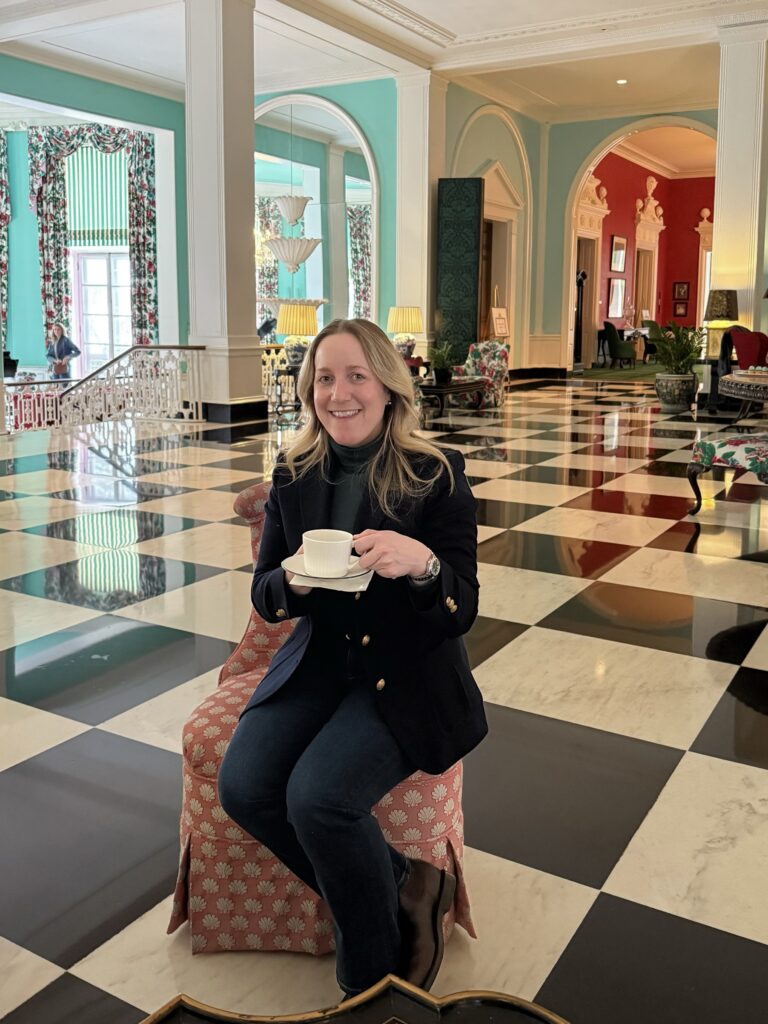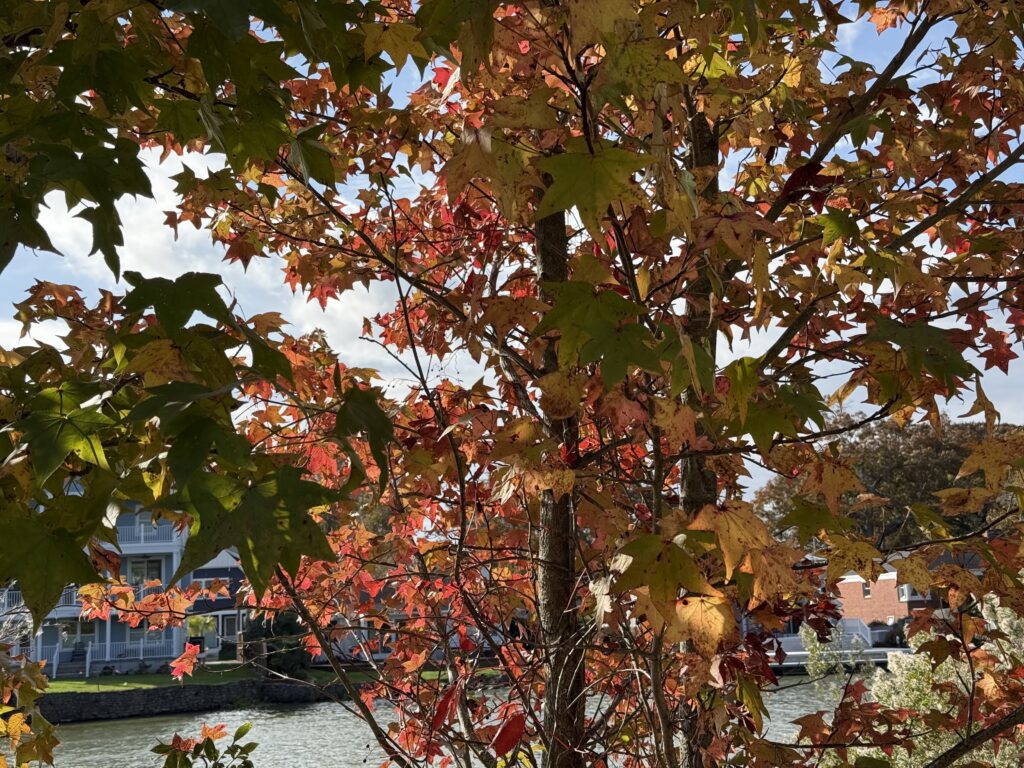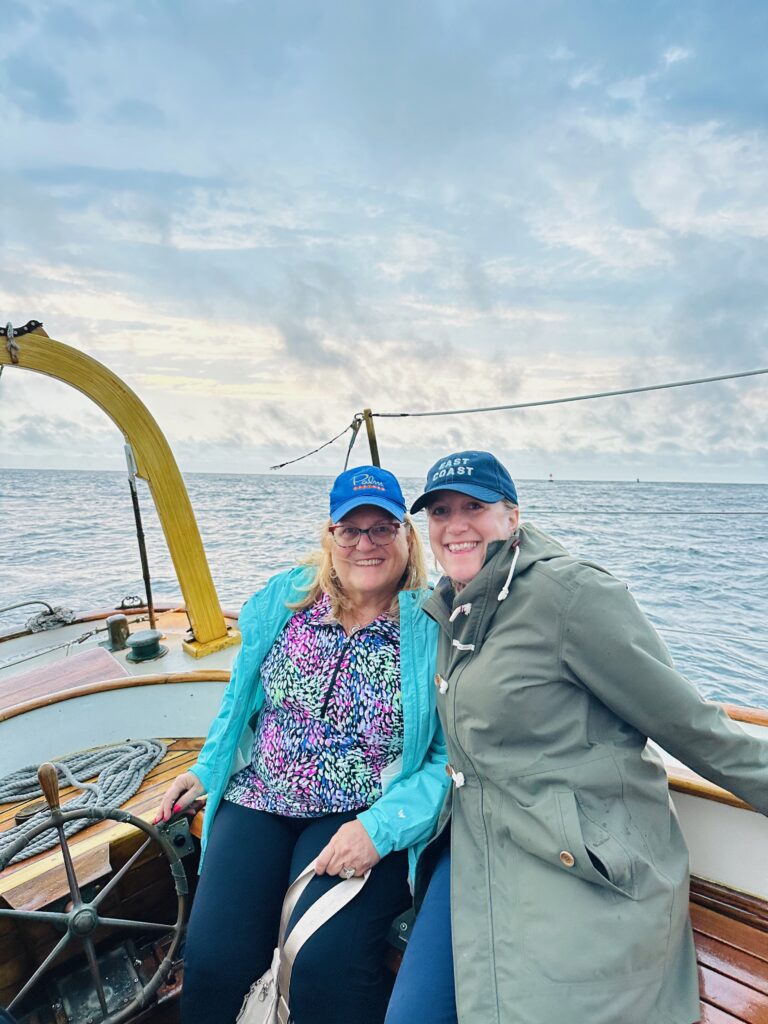While I know it can’t quite compare to "Pants on the Ground," the new Vampire Weekend album came out this week, and it’s flipping sweet. Although, Ezra Koenig throws words like "horchata" and "carob" around like they’re a normal part of everyday conversation. If you’re planning on listening to the album, you might want to take note of the following definitions because if you listen closely, you’ll realize that some of the lyrics are quite brilliant. Pay attention.
Horchata – the name for several kinds of traditional beverages, made of ground almonds, sesame seeds, rice, barley, or tigernuts.
Contra – against; in opposition or contrast to.
Contra Costa – a county in California.
Contra mundum – against the world; defying or against everyone.
Aranciata – orangeade variant of San Pellegrino carbonated mineral water (originally introduced in 1932).
Balaclava – a close-fitting, knitted cap that covers the head, neck, and tops of the shoulders, worn esp. by mountain climbers, soldiers, skiers, etc.
Hapa – the Hawaiian word for "half" and was initially a derogatory term used to describe someone who was half Hawaiian. The phrase "hapa haole" was commonly used, meaning half white. The term hapa was initially adapted by people of Japanese-White mixed heritage to describe themselves, and is now used to describe anyone of mixed heritage with partially Asian or Pacific Islander ancestry.
Masada – a mountaintop fortress in E Israel on the SW shore of the Dead Sea: site of Zealots’ last stand against the Romans during revolt of a.d. 66–73.
California English – that one you’re going to have to read up on yourself. I had no idea.
Carob – the carob tree is a species of flowering evergreen shrub or tree in the pea family, Fabaceae, that is native to the Mediterranean region. It is cultivated for its edible seed pods. Carob, dried or roasted and having a slightly sweet taste, in powder or chip form, is used as an ingredient in cakes and cookies.
Tokugawa – the Tokugawa shogunate was a feudal regime of Japan established by Tokugawa Ieyasu and ruled by the shoguns of the Tokugawa family. This period is known as the Edo period and gets its name from the capital city, Edo, which now is called Tokyo. The Tokugawa shogunate ruled from Edo Castle from 1603 until 1868, when it was abolished during the Meiji Restoration.
Futura – a geometric sans-serif typeface designed between 1924 and 1926 by Paul Renner. It is based on geometric shapes that became representative visual elements of the Bauhaus design style of 1919–1933.Commissioned by the Bauer type foundry, Futura was commercially released in 1927.
Just thought I’d keep you in the loop.
Listen; learn; revel in awesomeness.






One Response